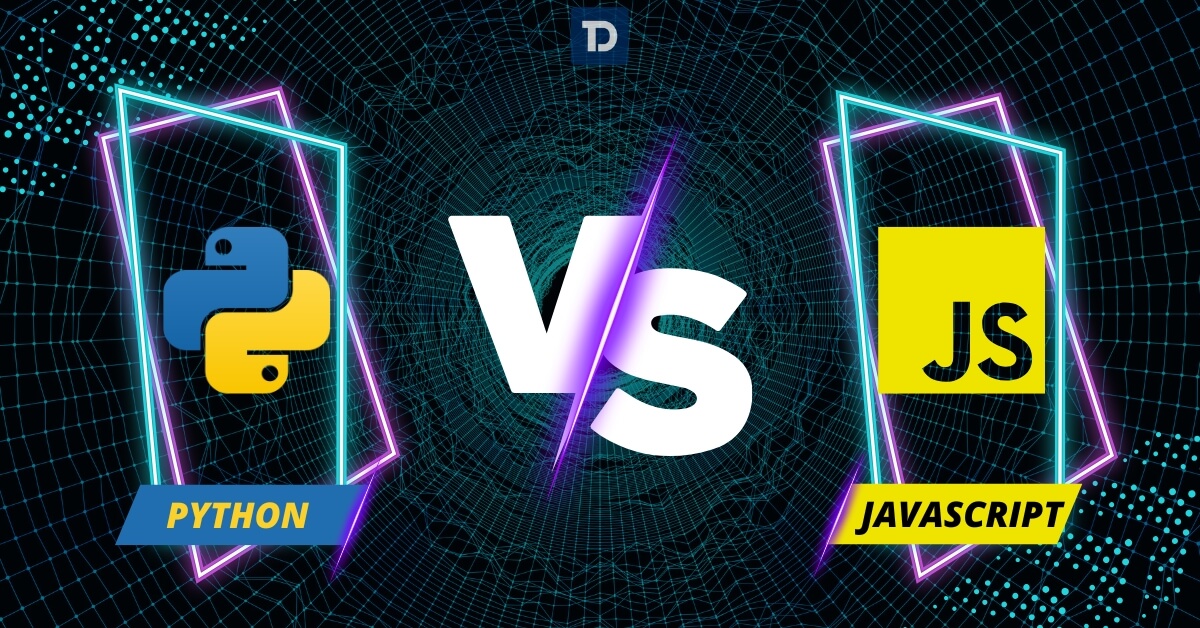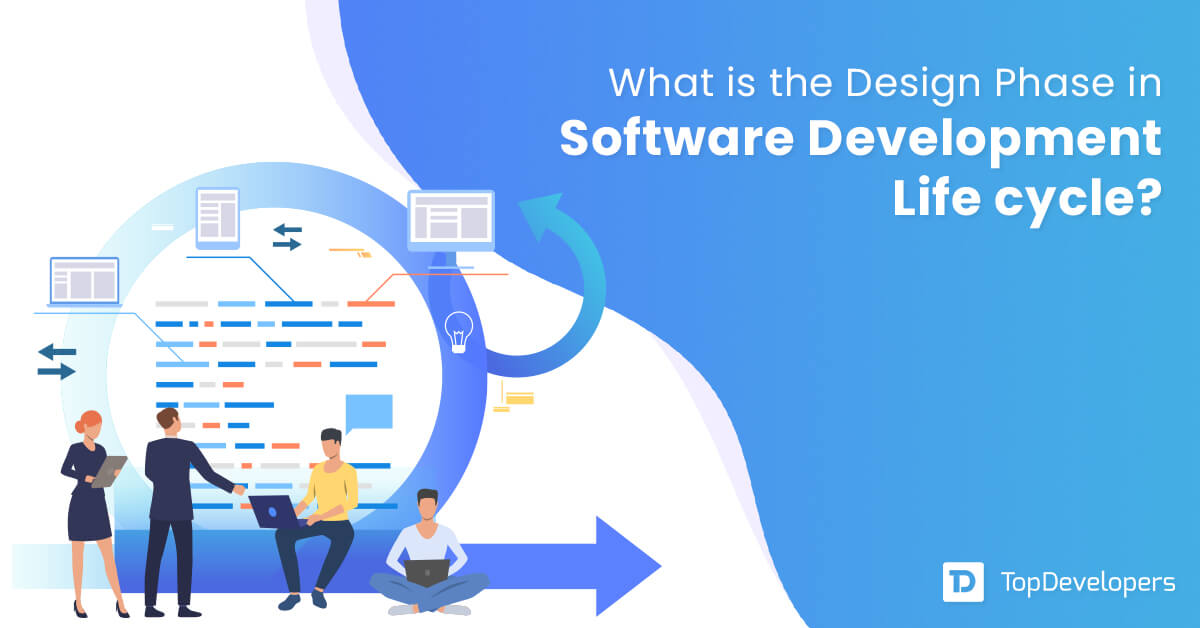
Any full-fledged software, mobile app, or website would have undergone a software development life cycle, a lengthy and strategic process that requires abundant resources and a good budget. Before taking this big leap that involves monetary and resource risks, the concept of POC came into existence. A Proof of Concept or POC for software development is defined as a low-scale demo to validate the feasibility of the digital product as a proposed software solution.
POC is the best-adopted method to check whether the business ideation will actually work before making a hefty investment and sparing valuable time and resources for fully functional software development.
Table of Contents
- What is the Importance of a Proof of Concept (POC) in Software Development?
- Steps to Successfully Create POC in Software Development
- Clarity in Business and POC Objectives
- Identify Core Features for the POC
- Planning/Designing the POC
- Select the Right Tools and Frameworks
- Estimation of Time
- Building Minimum Viable Product
- Testing and Refining the POC
- Analysis of POC Outcomes
- Feedback Gathering and Analysis
- Decision Making
- Documentation and POC Finding Presentation
- POC Vs Prototype Vs MVP
- The Next Steps After POC for Software Development is Approved
- FAQs Regarding POC in software Development
What is the Importance of a Proof of Concept (POC) in Software Development?
Considering POC as a low-cost investment to test your product. The Proof of Concept helps you validate your software idea’s viability while minimizing risks and ensuring that resources are efficiently billed.
There are four primary factors to showcase the essence of POC:
- Reduced development risks: POCs validate your business thought with a feasibility check and save you from doing things that might not work.
- Saves time and money: The biggest reason why Proof of Concept is practiced is to save on budget and time because it identifies potential issues upfront.
- Secures buy-ins: An ideal Proof of Concept will improve communication to secure stakeholder buy-ins as it’ll present the idea with a solid foundation.
- Secure funding: A successful Proof of Concept will secure funding and support from investors who may hesitate to full-fledged software development.
Now that you are acquainted with the importance of POC, let’s check the steps to make this process foolproof.
Steps to Successfully Create POC in Software Development
The process of building or creating Proof of Concept is both an art and a strategy. You need to have a multifaceted approach to create the POC for software development so that the end product in whatever form and size will be in line with your objectives and goal. Here are the steps to successfully achieve POC –
Clarity in Business and POC Objectives
The foundation of a successful Proof of Concept for software development lies in clarifying the business idea and the objectives that you set to aim at. The process includes accurately defining the issues you are trying to address and drafting the functionalities of the POC. You also need to give equal importance to establishing the project scope. When you have clear outlining and limitations of the POC, you will ensure the right resources to validate the primary idea and will not get bogged down in unwanted details.
Identify Core Features for the POC
When you select the features for your Proof of Concept for software, you need to prioritize those that straightforwardly address the primary concerns and effectively help bring your solution to life. You need to concentrate on planning a minimally viable set that includes primary functionalities for the basic demo. While comprehensiveness is sought, it is essential to have a balance between development time and budget. You may count these features as a hint at the future expansion for a more compelling project.
Planning/Designing the POC
You need to plan and design the POC for software development to set the final goal. The Proof of Concept execution depends on a well-defined plan and measurable goals. You may begin with identifying KPIs that go with your business objectives. Use these metrics to measure user engagement, save costs, or any other factor that drives your business success. Define a clear timeline or milestones with deliverables on the track. Lastly, you may allocate resources, tools, and budget.
Select the Right Tools and Frameworks
After validating the concept, the next step in the POC software development process is selecting the proper tech stacks, tools, and frameworks. You need to consider your project’s size, number of features, and the knowledge and expertise of your resources hired. You must research popular solutions available online such as forums, online communities, documentation, and video guides to have the best fit. Alternatively, you may simply hire software development consultants to get rid of the lengthy process.
Estimation of Time
The next step in POC in software engineering is estimating the timeframe to build the minimum viable product or MVP. You need to analyze the development time of the POC and take into account all features planned for MVP. The factors you need to consider for estimating time include the complexity of your project and the software development models you use for the SDLC process. It is advisable to add some extra time for buffer as there could be unforeseen issues.
Building Minimum Viable Product
The MVP is the primary or raw yet usable version of the product. It is engineered to get real-world feedback from users or customers. You must focus on essential features and functions that deliver value to early users. You can learn from the POC software development and select the tools to build the product that delivers your ideation. You must give priority to ease of use to have the first good impression on users.
Testing and Refining the POC
Like any prototype that requires testing and iteration, your POC for software development is also a kind of prototype and asks for the same. You need to put your POC through the demands of users or simulated setups. You need to identify the scope for improvement like any functionality glitches or gloomy user journey. Don’t hesitate to do experiments with different approaches as this is the best chance to learn and adapt.
Analysis of POC Outcomes
After the step of testing and refining the POC in software, it is time to analyze the results of the Proof of Concept. Ask yourself and your software development team –are the objectives you set achieved? What are the key learnings and insights out of POC? Check the data collected while testing like metrics showing user journey/engagement and survey inputs. Churn this data and learn how users interacted with the PoC for software development to improve.
Feedback Gathering and Analysis
Along with data collection in testing, you need to seek feedback from users and stakeholders about the software product’s functionalities and features. You may conduct interviews by forming groups or talking individually. The real-world feedback from users is highly valuable to learn the actual needs and preferences of the customers you target. Analyze both qualitative and quantitative opinions to find trends and common interests. Utilize this all to improve your product further.
Decision Making
The next step in POC for a software development plan is reaching the critical juncture of whether to proceed with the initial idea or resort to another plan. You need to consider these factors:
- Do you think POC validated the core issues and proposed solutions?
- Did you get positive results that are enough to justify the further investment of money, time, and resources?
- Do you find any crucial challenges or bottlenecks that might affect software POC?
If your POC in software engineering proves that your product is a strong market fit and your idea shall remarkably address the users’ concerns, you can proceed with the software development plan because it is going to work. Nevertheless, if the results could be mixed or negative and in that case, you may pivot.
Documentation and POC Finding Presentation
Whether you proceed or pivot it is crucial to make documentation of POC for software. There are many purposes for doing this as it will offer a clear record of the entire process and lessons along with outcomes. Plus, it will become an essential reference point for any future software development or decisions about it. Lastly, it could be used to present your research to users and ensure buy-in for the forthcoming plans.
POC Vs Prototype Vs MVP
Though many people use these terms interchangeably, they serve distinct purposes in software development. Here is a quick breakdown of a POC, MVP, and prototype.
| Feature | Proof of Concept (POC) | Prototype | Minimum Viable Product (MVP) |
|---|---|---|---|
| Purpose | Validate technical feasibility | Refine design and user experience | Gather user feedback and validate market fit |
| Fidelity | Low-fidelity, basic functionality | Medium-fidelity, may not be fully functional | High-fidelity, fully functional core features |
| Audience | Internal stakeholders | Internal teams, potential users | Early adopters, potential customers |
The Next Steps After POC for Software Development is Approved
With proper steps, strategies, and care in place, your POC will serve its purpose in most of cases. And if Proof of Concept is a success, it is high time that you transform this validation into a real-world digital product or software solution.
Here are some of the essential steps you need to take once the POC is approved –
- Secure full funds: once your POC is conveyed thoroughly and MVP has worked well, you should now ensure full funds from any sources such as angel investors, bootstrapping, or the like. Learn more about software development costs to know what costs you and how much.
- Assemble the best resources: you need to identify the best resources. Hire the best software development companies and explore the engagement models. Include domain experts and reskill existing team members, if needed.
- Build a foolproof project plan: outline the roadmap to a software development plan. Gain thorough knowledge about the entire software development process and frame milestones, deliverables, milestones, and resources with responsibilities or roles.
- Check agile method: with MVP in place and a plan to expand, agile development works better to break down the entire SDLC into manageable sprints. Ensure continuous iteration based on user inputs.
- Prioritize features from MVP: you have core functionalities and features already on the MVP. The next step after POC for software development approval is to plan out a full-fledged software product development with optimum features.
Conclusion
Now that you know the steps to successful POC for software development, you can think of turning your ideation into a product execution. Find the best software development firms that offer MVP development and then full-stack development. You may discuss with your tech partner about how to go for a customized solution for your business with preproduction and postproduction plans.
FAQs Regarding POC in software Development
Which SDLC stage do you conduct Proof of Concept?
The POC is conducted in the early stage of the software development life cycle. Generally, it is carried out during the ideation of the infancy of the planning stage. POC is a feasibility study that is performed before you commit yourself to full development.
When do you use a Proof of Concept for software?
You use a POC when you have a novel idea and you want to test whether this idea will actually work as a solution to any concern. Proof of Concept is a valuable way to gauge technical viability and attract buy-ins before the full-fledged development.
How do you measure the success of POC in software development?
The success measuring of POC for software hinges on checking the objectives or outcomes. Ask yourself whether POC demonstrated technical feasibility, core features validation, and generated useful insights to hint at further software development. You can also measure its success based on users’ and stakeholders’ genuine opinions.
Who provides Proof of Concept?
The POC for software is carried out by an internal team with domain expertise and necessary skills. You can also outsource POC to the best software development agency. The goal is to have the best POC for software development that is professional yet understandable.
 Avantika Shergil
| Jul 31, 2024
Avantika Shergil
| Jul 31, 2024
Avantika Shergil is a technology enthusiast and thought leader with deep expertise in software development and web technologies. With over 8 years of experience analyzing and evaluating cutting-edge digital solutions, Avantika has a knack for demystifying complex tech trends. Her insights into modern programming frameworks, system architecture, and web innovation have empowered businesses to make informed decisions in the ever-evolving tech landscape. Avantika is passionate about bridging the gap between technology and business strategy, helping businesses build customized software and website, and understand about different tools to leverage effectively for their ventures. Explore her work for a unique perspective on the future of digital innovation.






